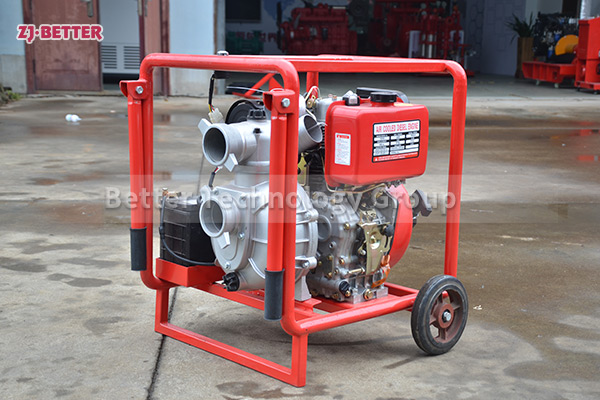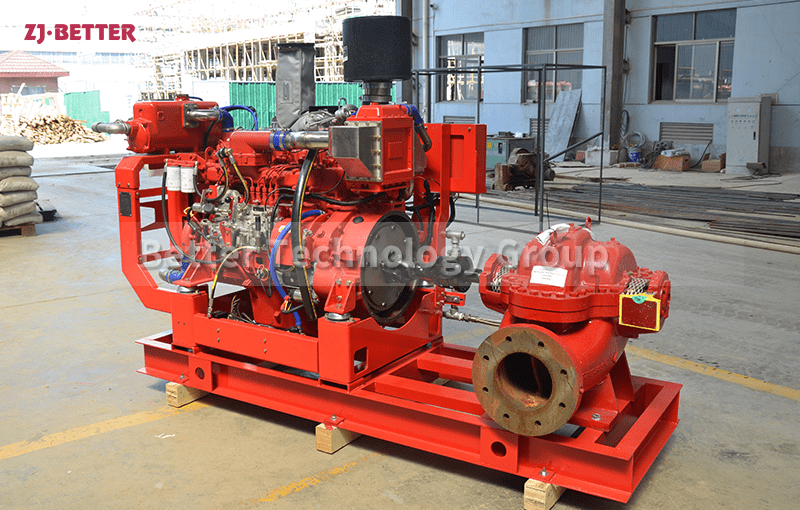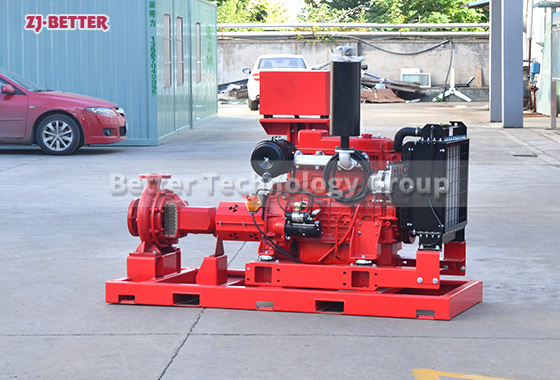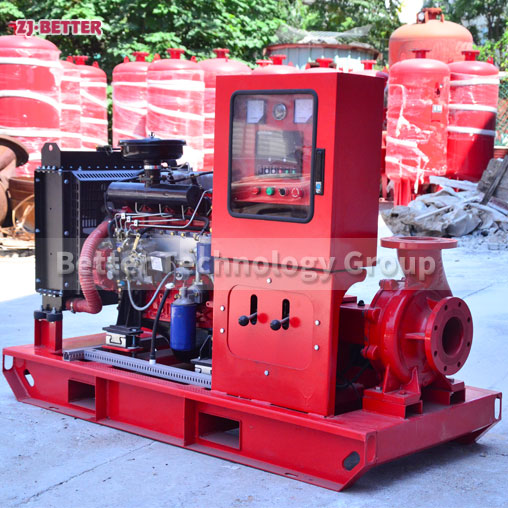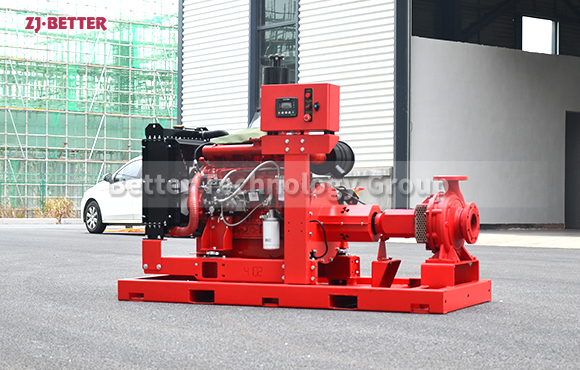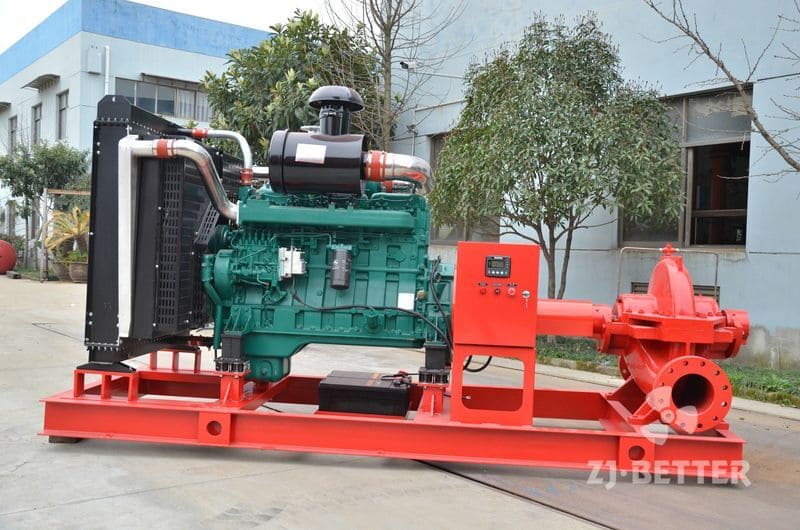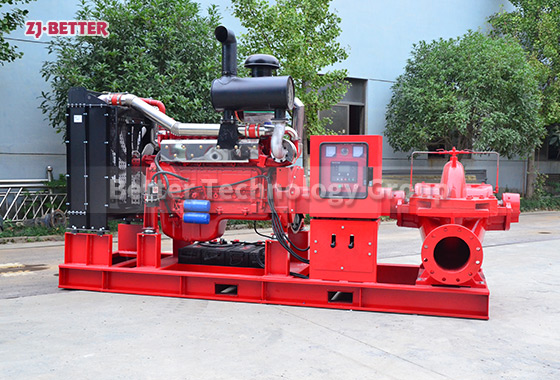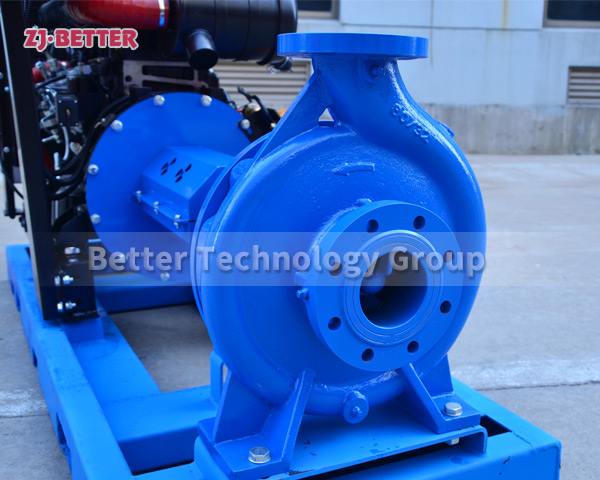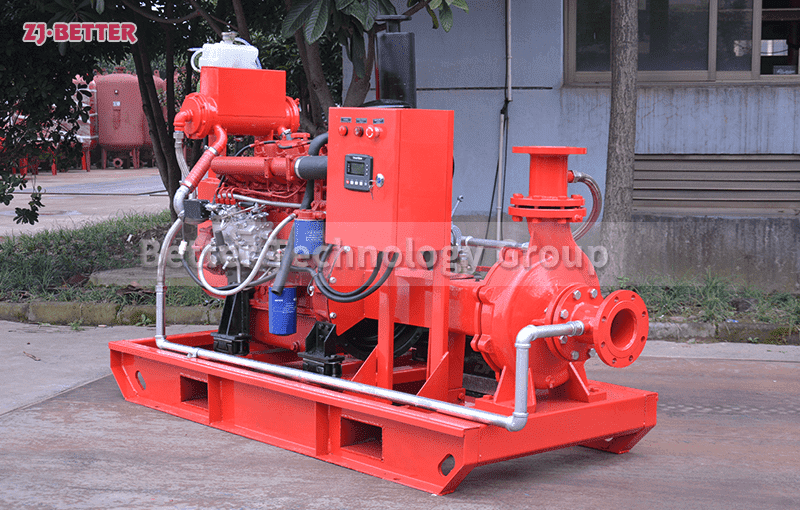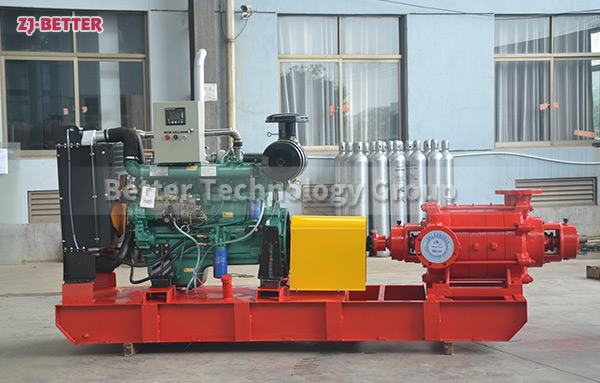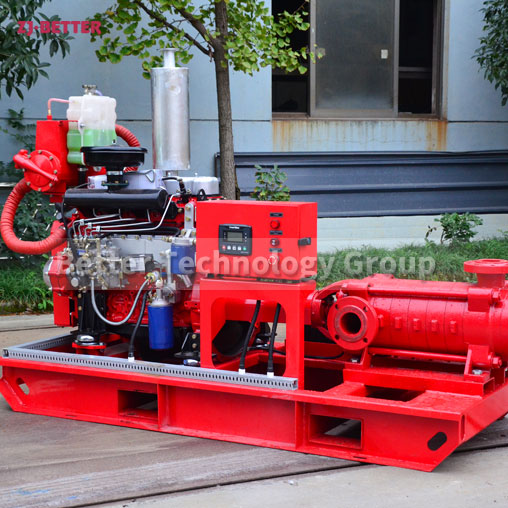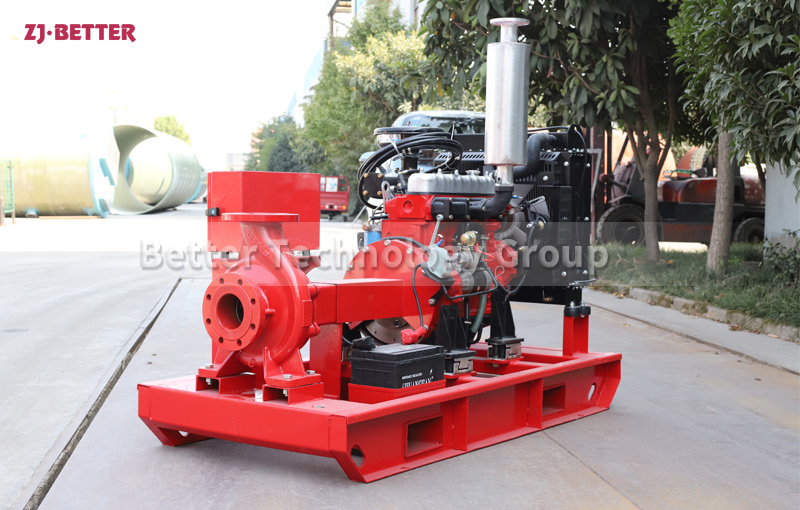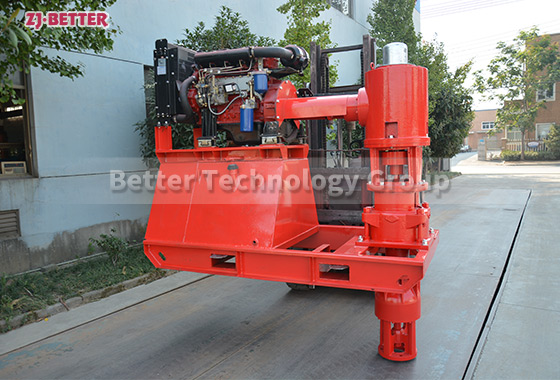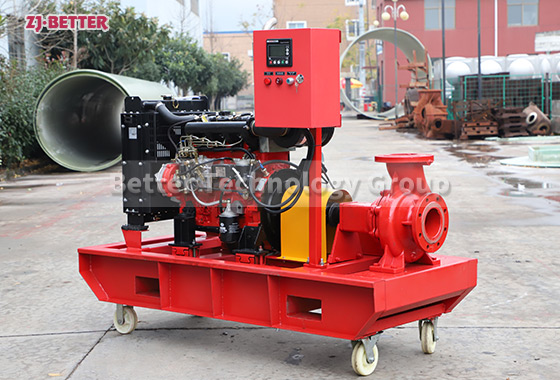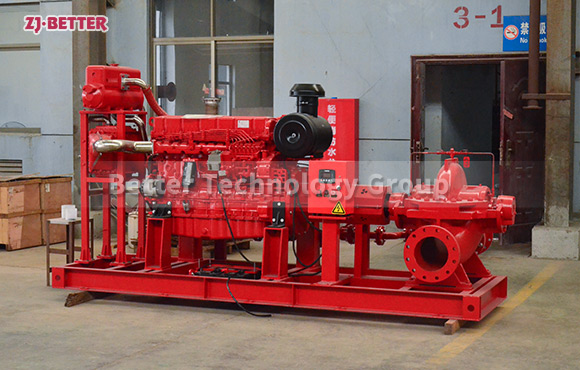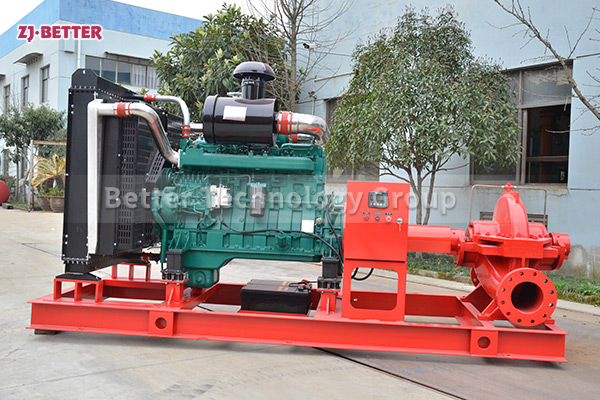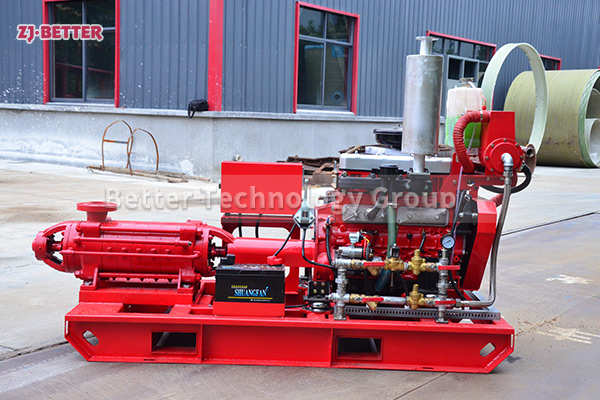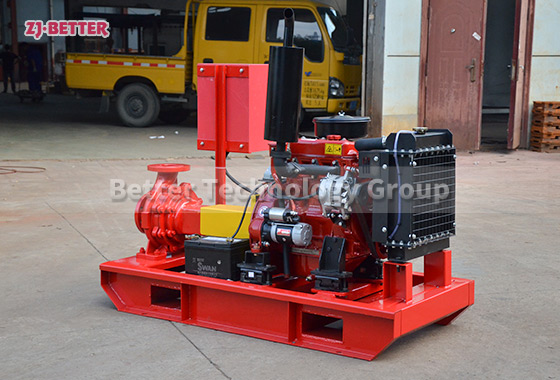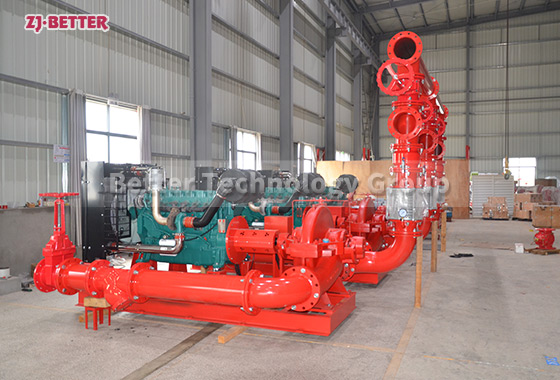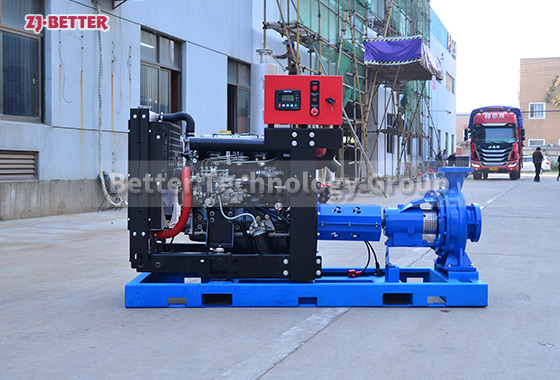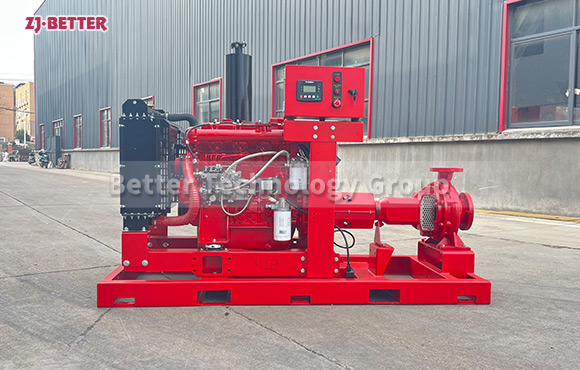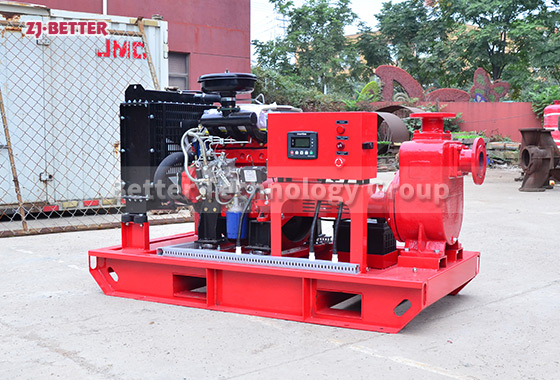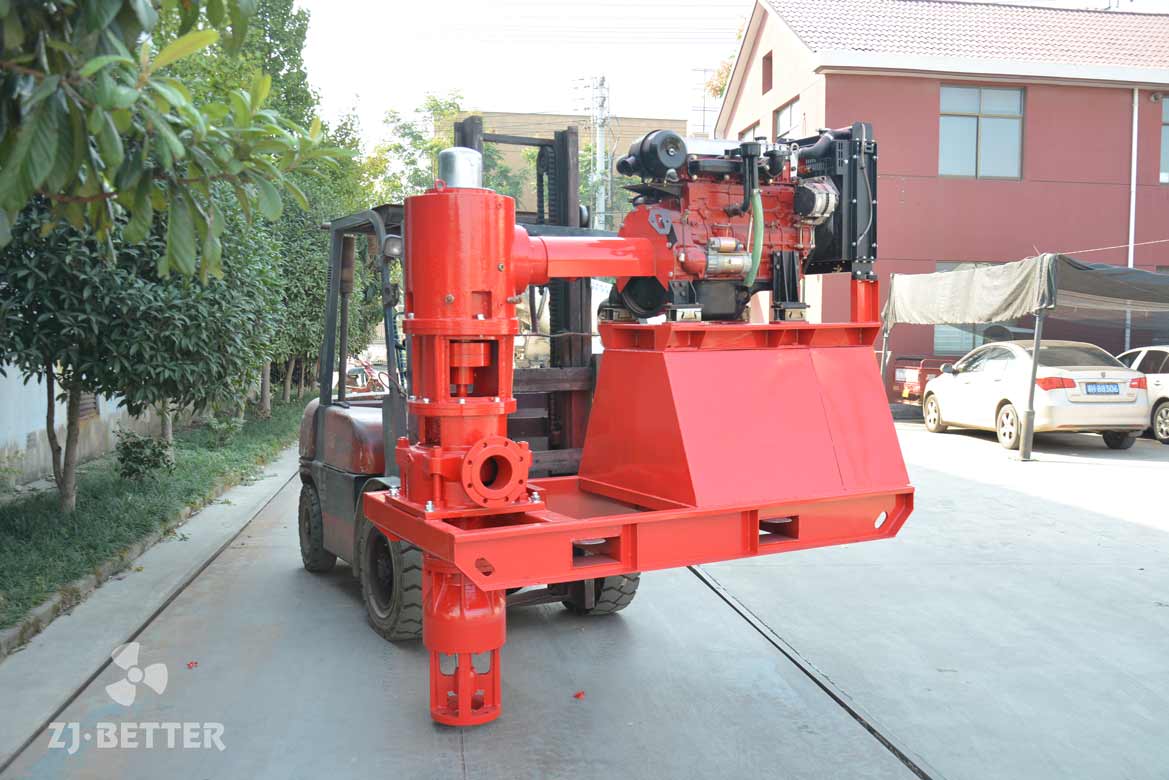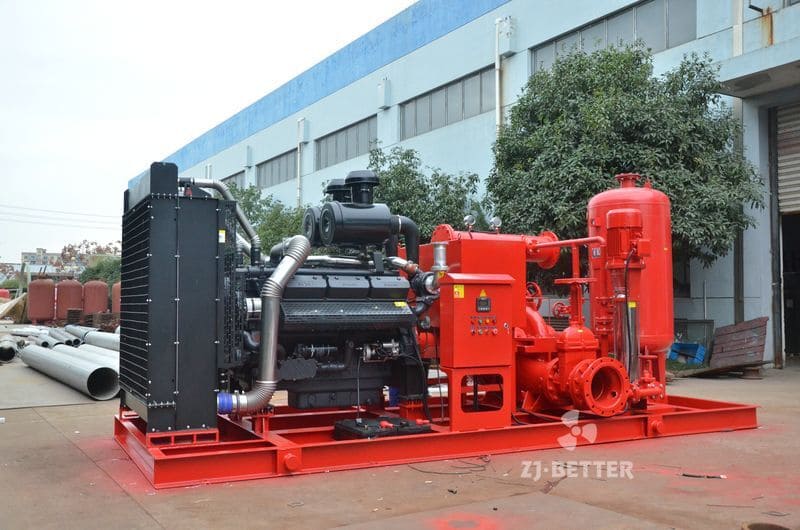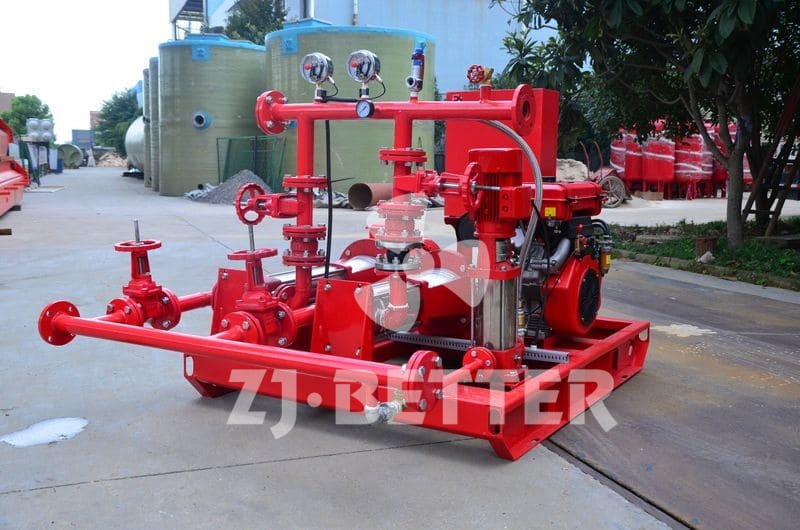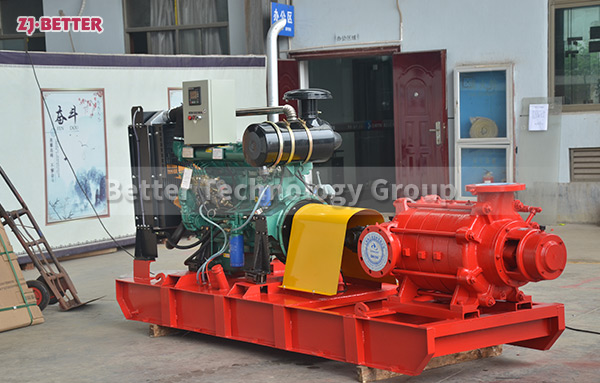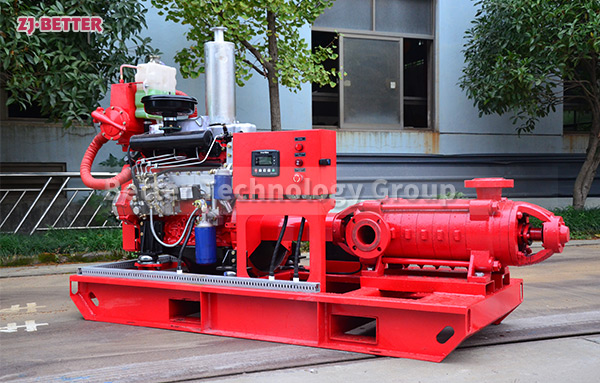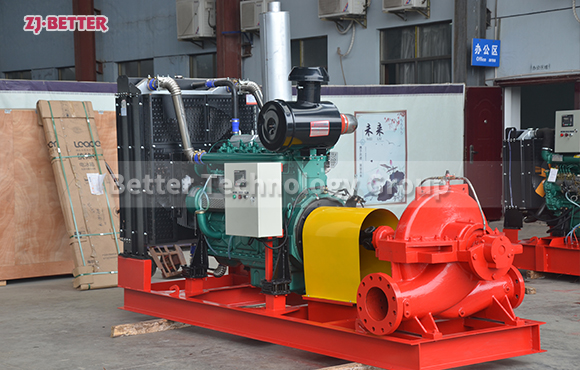Working principle of hand lift fire pump
The hand-held fire pump is mainly suitable for the fire fighting of the armed police fire brigade, various professional fire brigades, industrial and mining enterprises, counties, villages and towns, etc. It is more specific in areas where fire vehicles cannot pass. The hand-held fire pump can also drain waterlogging, fight drought, and green water , Water supply and emergency disaster rescue ideal equipment.
Working principle of hand-held mobile fire pump
The hand-held fire pump unit is composed of a water pump, water diverter, gasoline or diesel engine. First, start the engine to drive the impeller of the water pump to rotate at a high speed. The water is introduced into the pump from the water inlet pipe within ≦ 30 seconds through the vacuum pump or exhaust vacuum. , through the high rotation of the pump impeller to generate pressure, and then drain water through the water outlet of the pump.

